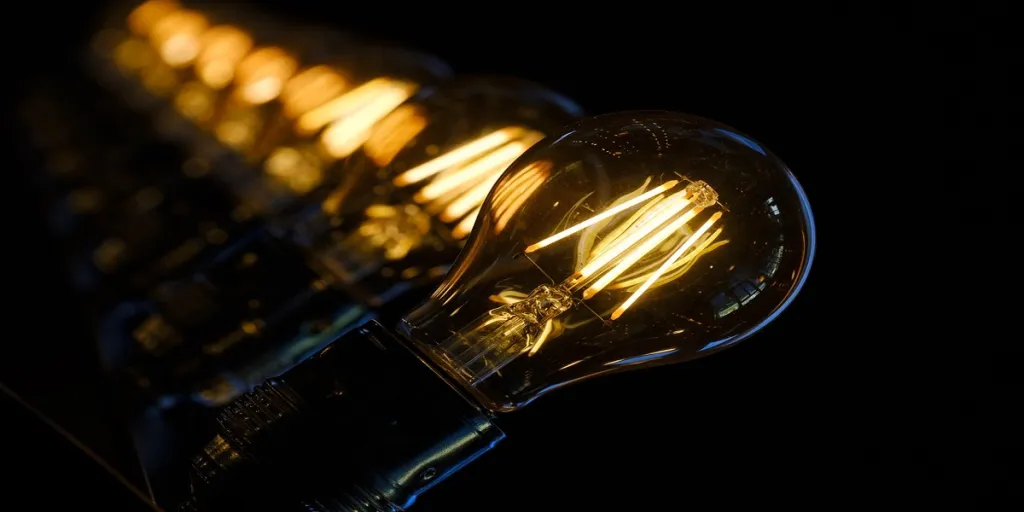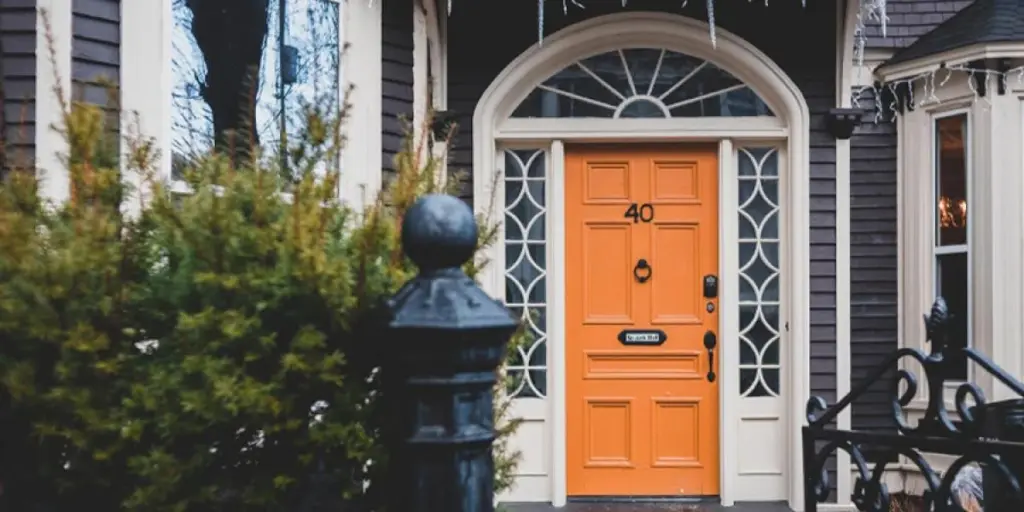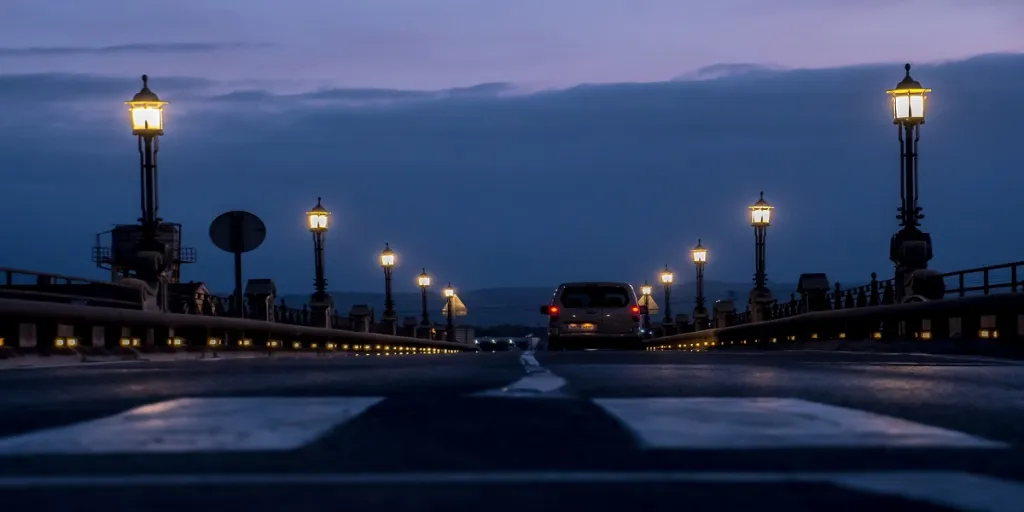Outdoor kitchens have become a thing in recent years. According to a recent study, outdoor kitchens were found to be the most sought-after outdoor kitchen design trend for 2022. Further, the trend inspired 2.18 million annual Google searches, which means that this trend has a growing market.
As a retailer or someone looking to start a business, kitchen appliances, particularly outdoor kitchen cabinets, pose a lucrative option in the long run. If this sounds like something you would be interested in, here are four outdoor kitchen cabinet trends for beautiful outdoor living spaces you should know.
Table of Contents
The market size of outdoor kitchen cabinets
Four remarkable outdoor kitchen cabinet trends
Wrapping up
The market size of outdoor kitchen cabinets
Most consumers love having fun outdoors, and innovations like the outdoor kitchen have taken things to another level. Now, keeping the party going is easier with the ease of preparing and storing drinks. The outdoor kitchen cabinet isn’t left out, as the shelf space allows people to conveniently keep cooking accessories and food.
In 2020, the outdoor kitchen cabinet had a value of $2,859 million. And by 2030, these cabinets are projected to reach $5,133 million. So from 2021 to 2030, these outdoor shelves will register a compound annual growth rate of 5.8%. Further, consumers are attentive to certain outdoor cabinets due to bad weather conditions.
What is fueling this market? Consumers’ growing interest in enhancing outdoor spaces. Second is the need to have a comfortable and luxurious experience in outdoor spaces.
Four remarkable outdoor kitchen cabinet trends
Teak wood outdoor kitchen cabinets

Teak wood is an excellent option for outdoor kitchen cabinets. Primarily it’s a deal breaker for customers who love a classic, rustic, and sophisticated-looking outdoor space at their home. Since most brands are embracing sustainable practices, selling eco-friendly teak wood cabinets is an incredible way to stand out in the competition. Nevertheless, there are advantages and disadvantages associated with outdoor kitchen cabinets made of teak wood.
If your customer wants teak wood outdoor kitchen cabinets, it’s best to recommend sealing the wood. The sealant helps to repel moisture, which prevents termite and sun damage to an extent. Additionally, remind your customers that teak wood cabinets need resealing every few years. So, while it can add longevity to the outdoor wood kitchen cabinet, it can be comparatively expensive and challenging in the long run.
Advantages
- Teak wood helps create a natural appeal.
- It is more weather-resistant than other types of wood.
- It comes in eco-friendly variants.
Disadvantages
- Teak wood kitchen cabinets aren’t as weather-resistant as steel or polymer.
- Teak wood is susceptible to termite damage.
- It is also a flammable material.
Masonry outdoor kitchen cabinets
Masonry kitchen cabinets are built from cement blocks or a metal frame wrapped in decorative stone, allowing for a higher degree of customization. Hence, it’s an ideal option for customers who can’t compromise on the looks of their outdoor kitchen cabinets.
Advantages
- Masonry outdoor kitchen cabinets are highly weather-resistant.
- They offer the substantial, built-in look that many homeowners prefer.
- It’s quite easy into fit the cabinet to odd-shaped kitchen areas.
Disadvantages
- The custom nature of masonry kitchen cabinets means higher labor costs.
- The installation process can be relatively tedious.
- They aren’t ready-made and can require a longer construction time.
Stainless steel outdoor kitchen cabinets

Stainless steel is one of the preferred materials for kitchen cabinets in modern outdoor kitchen design, given its durability, weather resistance, and aesthetics. There are two types of stainless steel to consider: polished stainless steel and powder-coated stainless steel.
Polished stainless steel cabinets are metal kitchen cabinets that are shinier and smoother than their powder-coated counterparts. Powder-coated stainless steel cabinets are formed by fusing the dry powder into their exterior for added protection. As a result, they come in different tones and colors.
Customers who are into stainless steel outdoor kitchen cabinets should go for variants with welded corners for prolonged life. Also, adding wind chains to the cabinet doors ensure they don’t blow open in extreme weather conditions. Lastly, adding a protective finish to stainless steel outdoor kitchen cabinets can keep them free from fingerprints and other stains or blemishes.
Advantages
- Stainless steel kitchen cabinets are corrosion and rust-resistant.
- They are also weatherproof, bug-proof, and stain resistant.
- It helps to create a uniform look with kitchen utensils.
Disadvantages
- Stainless steel kitchen cabinets can be relatively expensive compared to other cabinetry, especially when they have more design details.
- They can get hot when exposed to direct sunlight (powder-coated stainless steel helps overcome this issue).
- Though durable, some stainless steel kitchen cabinets are thin, making them prone to denting.
Marine-grade polymer outdoor kitchen cabinets

Marine-grade polymer or high-density polyethylene (HDPE) is an outdoor kitchen cabinet material that is rapidly becoming one of the biggest new trends in the dining and kitchen space. The light, rigid, and flexible synthetic resin is ideal for making most designs pop.
Advantages
- HDPE kitchen cabinets are easier to maintain.
- Marine-grade polymer is known for its strength-to-density ratio, making it durable and an excellent option for outdoor kitchen cabinets.
- They are watertight–resistant to most chemicals and solvents. Also, these cabinets don’t absorb grease or oil from cooking.
- They are UV-resistant, so their color remains intact for years.
- They are relatively inexpensive and non-corrosive.
- HDPE kitchen cabinets come in a wide array of colors.
Disadvantages
- HDPE is more susceptible to heat and requires an insulated grill jacket.
- These cabinets lack the richness of wood.
Wrapping up
No doubt, all potential outdoor kitchen cabinet materials have pros and cons. So, to help your customers create the perfect outdoor kitchen space, sellers have to weigh the advantages and disadvantages of each material to see how it aligns with each specific need. Also, beyond aesthetics, the right cabinet material can make a huge difference in how the entire outdoor kitchen comes together.
If these outdoor kitchen cabinet trends inspired you to sell outdoor cooking spaces, feel free to explore top-rated vendors.




